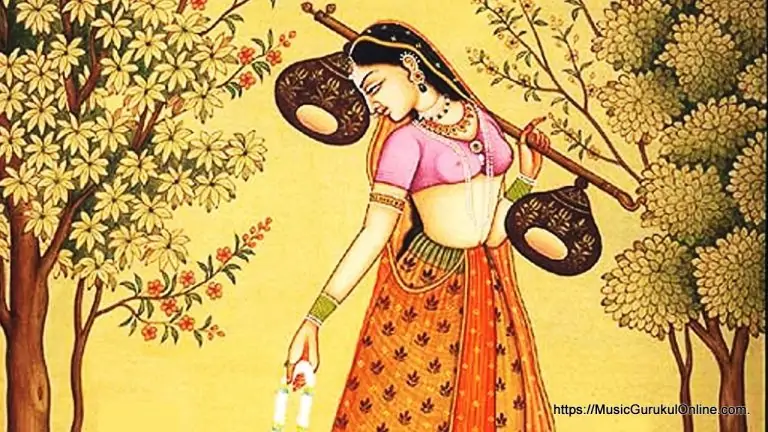When we delve into the world of music, we often find that it is intertwined with various other art forms. Hindustani vocal music, a gem in the treasure chest of musical traditions, beautifully illustrates this connection. With its rich history and deep-rooted tradition, Hindustani vocal music not only stands on its own but also harmoniously complements other art forms like dance and poetry. In this blog, we'll explore the intricate relationship between Hindustani vocal music and these sister arts, shedding light on how they create a rich tapestry of creativity and expression.
Hindustani Vocal Music: A Symphony of Tradition
Hindustani vocal music, one of the world's oldest and most sophisticated musical traditions, is a treasure trove of melody, rhythm, and emotion. At its heart lies the intricate interplay of ragas and talas. Ragas, those evocative melodic frameworks, guide the musician, defining the notes, phrases, and movements that shape a composition. Talas, on the other hand, provide the essential rhythmic structure, giving life to the music through cycles and beats. This art form thrives on improvisation, allowing musicians to explore uncharted territories within the structured framework.
But what truly makes Hindustani vocal music exceptional is its seamless integration with other art forms, giving rise to the concept of the "triveni" of Indian classical music.
Dance: The Graceful Synchronization
Dance and Hindustani vocal music share an intimate connection, breathing life into each other. Dance forms like Kathak, Odissi, and Bharatanatyam often find their rhythm in the soulful melodies of Hindustani music.
Kathak dancers employ intricate hand gestures and expressions to interpret the music, weaving enchanting stories through their movements. The lively Kathak dance "Tarana" perfectly illustrates this fusion of rhythm and storytelling, often performed to the accompaniment of a Hindustani vocal recital.
Odissi dancers, known for their fluid and graceful movements, create a dance that is in perfect harmony with the music. The Odissi dance "Pallavi" is a serene, meditative expression of this synchronization, often performed to the backdrop of a Hindustani vocal rendition of a raga.
Bharatanatyam, a more dramatic and expressive dance form, utilizes intricate footwork and body movements to convey the emotional and spiritual essence of the music. "Alarippu," an invocation to the gods, becomes a captivating performance when set to Hindustani vocal music.
Poetry: The Fusion of Words and Melody
Hindustani vocal music often draws its lyrical inspiration from poetry. This seamless marriage of language and melody creates compositions that touch the heart and soul.
For instance, the raga Rageshri is closely associated with the mystic poet Kabir from the 15th century. The Hindustani vocal composition "Kabir Ke Dohe" beautifully marries Kabir's timeless verses with the melodies of Rageshri, offering a profound musical and poetic experience.
These examples are just the tip of the iceberg, showcasing how Hindustani vocal music thrives on its connections with other art forms. It's a testament to the beauty of collaboration and how diverse art forms can inspire and elevate each other.
Conclusion: A Symphony of Creativity
Hindustani vocal music isn't just a standalone art form; it's a living testament to the creative synergy that exists between various artistic expressions. The seamless blend of melody, rhythm, storytelling, and poetry creates a vibrant tapestry of art that continues to evolve and inspire. As music learners, exploring this rich tapestry can offer us not only a deeper understanding of Hindustani vocal music but also a broader appreciation for the power of artistic collaboration. So, let's embrace the triveni of Indian classical music, and through our learning journey, become part of this harmonious symphony of creativity.

Bình luận